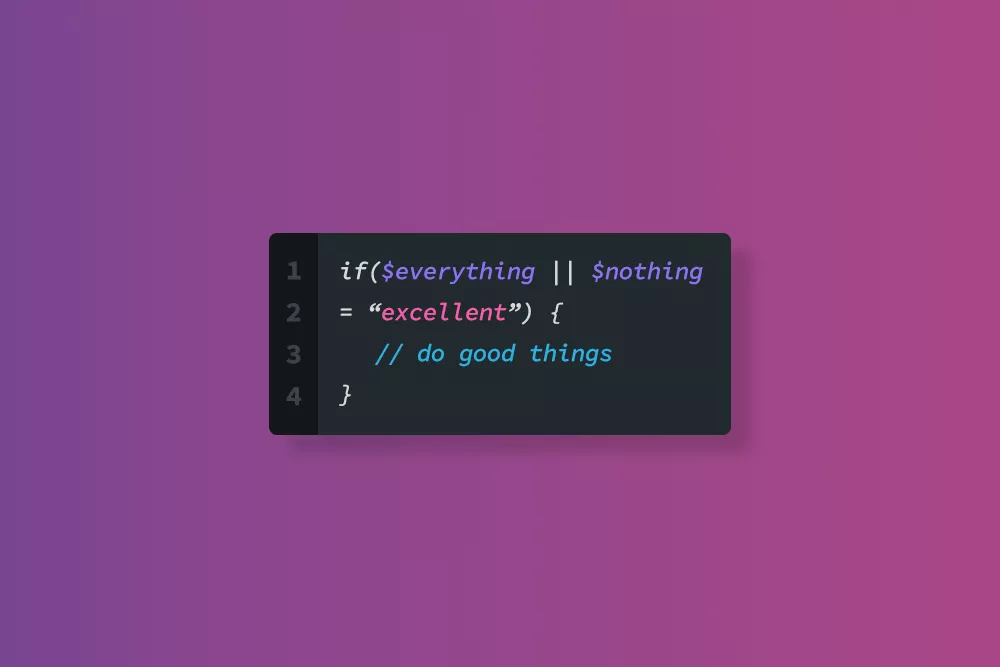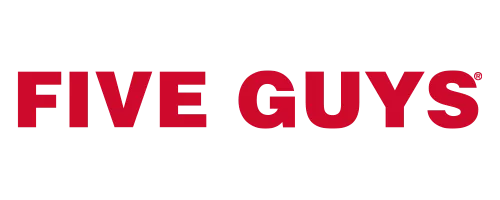Full-Service vs Minimalist Business Models
Some companies choose to adopt a minimalistic business model, offering a small selection of standout products that they excel in producing. This allows them to focus their resources and efforts on perfecting a few key offerings. On the other hand, other companies may prefer a full-service approach, offering a wide range of products and services to meet the diverse needs of their customers. Ultimately, the right approach for your company will depend on your industry, target market, and resources.
So should you try to offer every possible thing a customer may want? Or should you hone your selection to one or two standout products?
The answer is neither–unless you can offer everything, or only a few things, with excellence.


Hardee’s is a classic example of this double-sided myth in action.
When Hardee’s opened to the public, they offered everything. As a result, they had zero identity and were going out of business. Then somebody who knew something about marketing suggested shrinking the menu. But they offered nothing, essentially. Maybe a cheeseburger and a hot dog. They did all right; they were better than they were before.
Then what do you think happened? They started incrementally expanding the menu–but not with anything truly creative. Adding two strips of bacon to a burger is not going to make people rethink your brand.
There wasn’t much direction. The Carl Hardee Jr. phase splintered its brand even further. Let’s not even mention the PG-13 commercials where sensual models got romantic with Hardee’s burgers (wait, I just did. RATS!).
But now? Hardee’s is one of the quickest-growing fast-food chains out there. They struck gold with the $6 burger (in reality a $4 burger valued at $6), which put McDonald’s’ paltry patties to shame. They acquired Burger Chef (think the TV series Mad Men), which had been a powerhouse in its prime. Now, Hardee’s is intentional about where it puts its restaurants and makes a ton of profit. It experienced a long and bumpy road to get where it is, but by choosing a few notable particulars—like the $6 burger—Hardee’s has developed into somewhat of a success story.
Has anyone gotten this right without wasting years lurching after bad ideas? Yes. Five Guys.

Five Guys is a national brand with a minimal menu. They offer a burger and a hot dog.
What’s so special about that?
Five Guys supplements their lack of a menu with memorable identity features. The potatoes that will become tomorrow’s french fries are sitting right in the middle of the store. As a result, you know the potatoes are fresh and have been delivered this week.
Five Guys does stuff like this left and right. It makes up for the minimal menu and gives them a position and an identity that isn’t boring.
(Frankly, their food tastes a ton better than Hardee’s.)
Here’s the lesson: You need to have balance. It’s fine to be small and simple, but without notable features to compensate for that simplicity, you’ll just be boring. Nobody will care.
So DOffer EVERYTHING… Right?
A possible knee-jerk reaction to that is to offer everything. However, if done poorly (which is most of the time), you’ll only create a confusing customer experience that will make it easy for people to forget about you.
So can you go big and make it work? Yes, IKEA is the model.

I can buy absolutely everything for my home from IKEA. From top to bottom, any room of the house, I can find it at IKEA.
Not only can I buy the kitchen island I see in the store, but I can also buy the fancy utensils and dish towels decorating it.
However, the way IKEA compensates for offering everything is through the sleek, minimal design of their catalogs, the fun layout of the store, and a website that works flawlessly.
IKEA has professionals design the spaces in the store and online. That cannot be understated. Anytime a product enters their catalog, they find a way to integrate it with their designs so you can see your potential home in the store.
Even the instruction manuals are minimal (okay, maybe too minimal).
No matter how you look at it, IKEA has got it going on.
Putting It into Action
You can achieve balance. Here’s how:
- If you want to provide a minimal selection, make sure other aspects of the customer’s experience are enhanced.
- If you want to offer a comprehensive menu or catalog, ensure the customer has a clear navigation path and that everything you offer is excellent.
- Don’t put bacon on a burger and think you innovated. You didn’t.